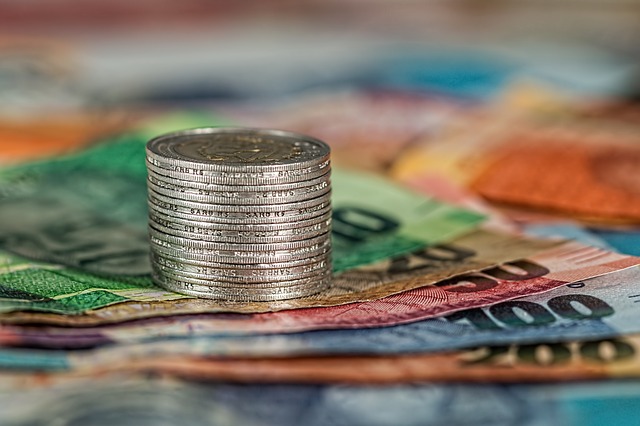
I hate wasting: I hate wasting food, I hate wasting money, I hate wasting time, I hate wasting ressources, I hate wasting anything….
The need to reduce waste, also called “Muda” in Japanese is a typical quest in the Lean Manufacturing activity. A typical muda list is exposed below:
Transportation
Transportation can be considered as wastes as soon as there is unnecessary (non-value added) movements of parts, materials, or information between processes.
Waiting time
Waiting time is generally considered as a waste as soon as people, parts, systems or facilities are waiting for work to be completed. To reduce this waste, value stream map analysis has to be carried on to establish bottleneck on the flow and takt time should be established.
Overproduction
If you are producing sooner, faster or in higher quantities than what your customer require, then it means you are over producing. Over production is usually generating inventory. Producing faster may cost higher in some certains situations (working during the night to finish sooner, involve to pay your worker with higher salary)
To avoid this waste, manufacturer should practice just-in-time (JIT) production.
Defects
As soon as the process produce something that the customer is not ready to accept and to pay for, it is considered as a defect. Any defects represent a waste in material, time, ressources = money. If something can not be solde to generate a profite, it is just considered as a waste.
To avoid this type of waste, manufacturer has to adapt quality assurance and quality control procedure to make sure they are not producing non conformities and defectives products.
Inventory
As soon as a manufacturer got any raw materials, work in process (WIP), or finished goods that are not having value added to the customer, then it become a waste. Inventory represent cash flow which you can not really use. Because physical goods are mostly depreciating over the time (particularly true in the electronic), storing inventory of physical goods are typical waste.
Reducing inventory is usually quite challenging because it is tightly correlated to the Just in Time constraints. If you have no inventory it may be difficult to comply with a proper Just in Time process.
Complexity reside in trade off between inventory and just in time production.
Movement
It can be seen as an indirect transportation but as soon as you move too much materials, people, equipement, and goods in a process step, you then take the risks to generate some waste.
This is particularly applicable on production line. Quite often, a way to solve this issue is to reorganize the production line layout.
Extra Processing
If you are processing some extra work which is not required by your customer, then you are performing extra processing which can be considered as a waste. A typical example is producing goods with over quality. Yes it is existing ! For example, if your customer a settle a treshold of no more than 3% defects to be acceptable which you already reach; if you double your workload to try to reach less than 1% defects then you are do over quality. It is unnecssary and it can be considered as a waste.
Leave a Reply